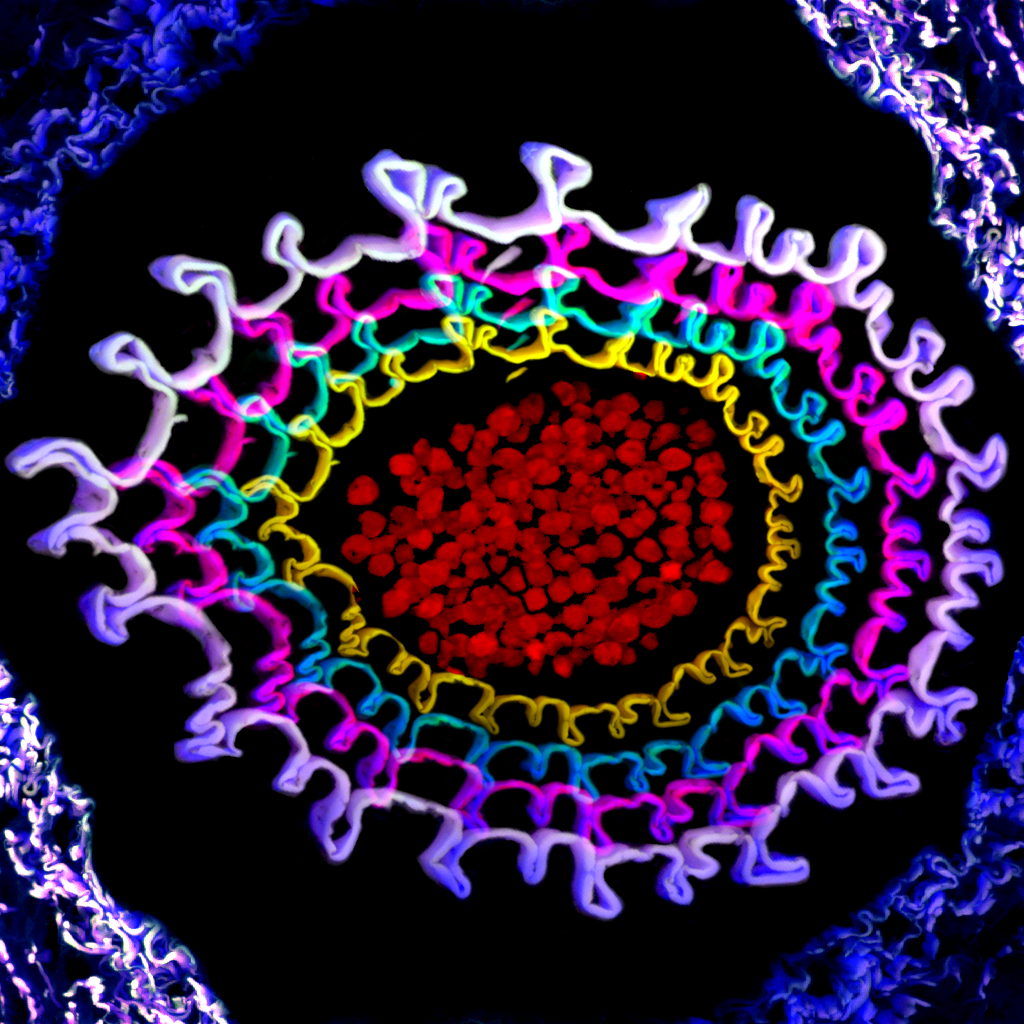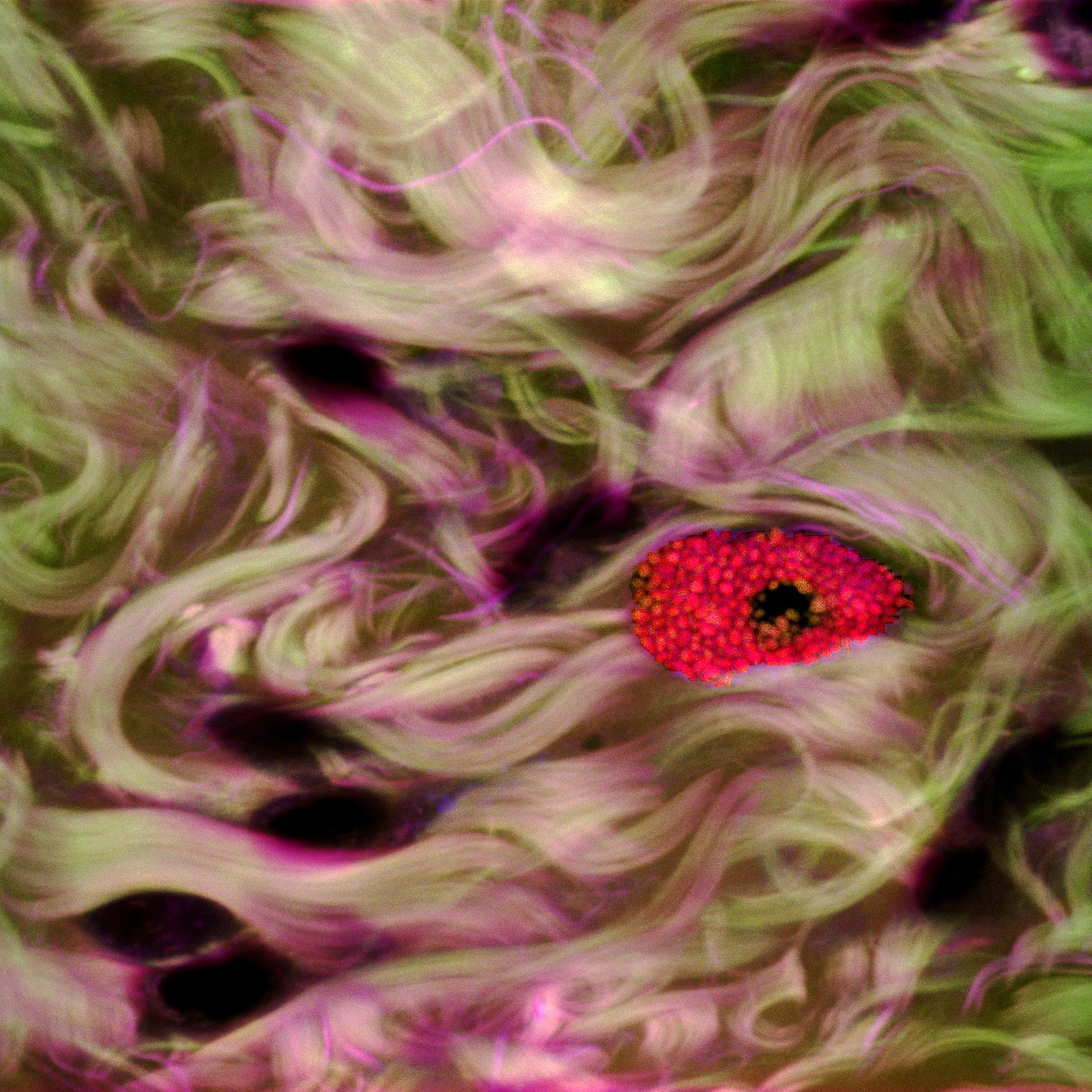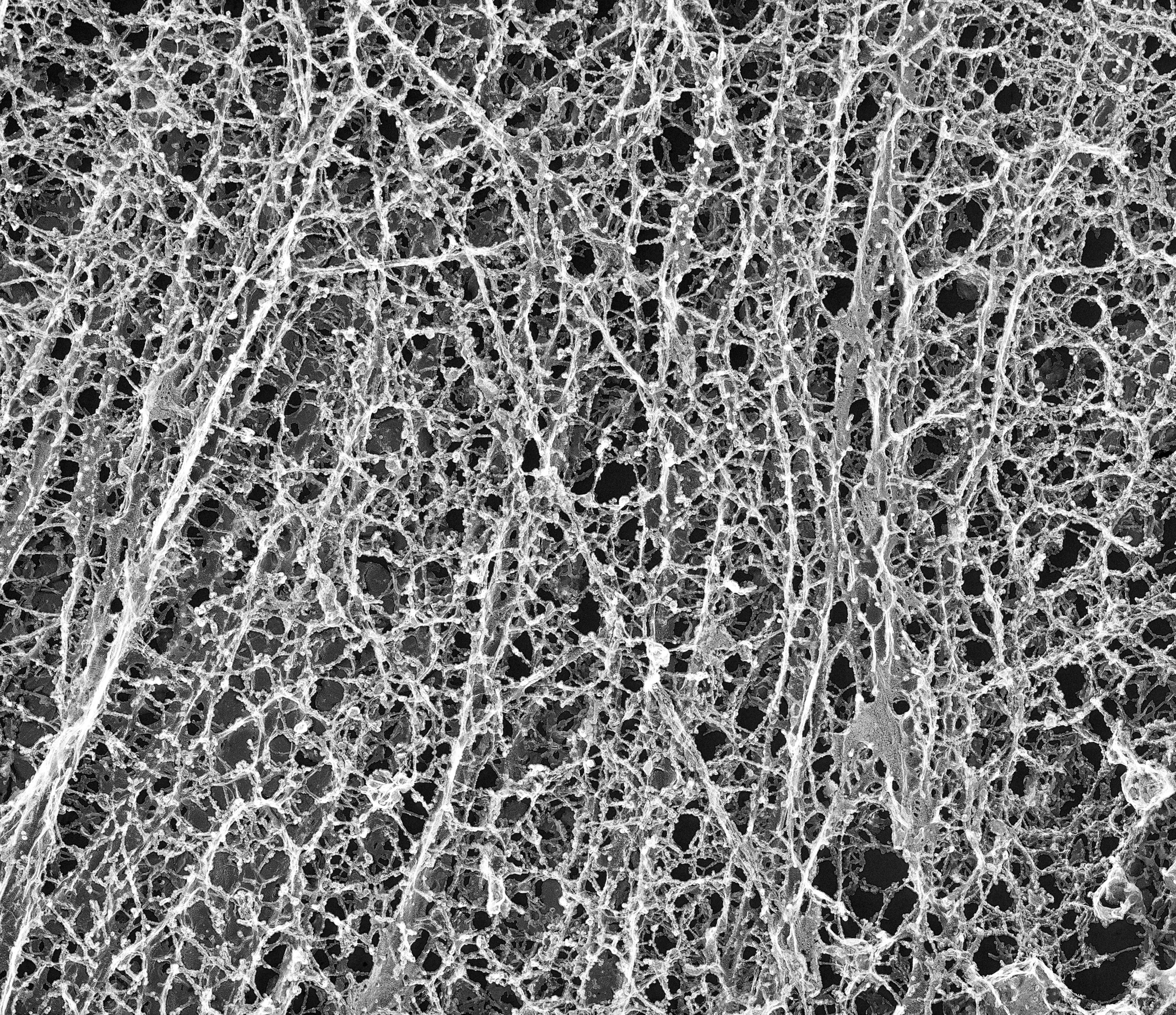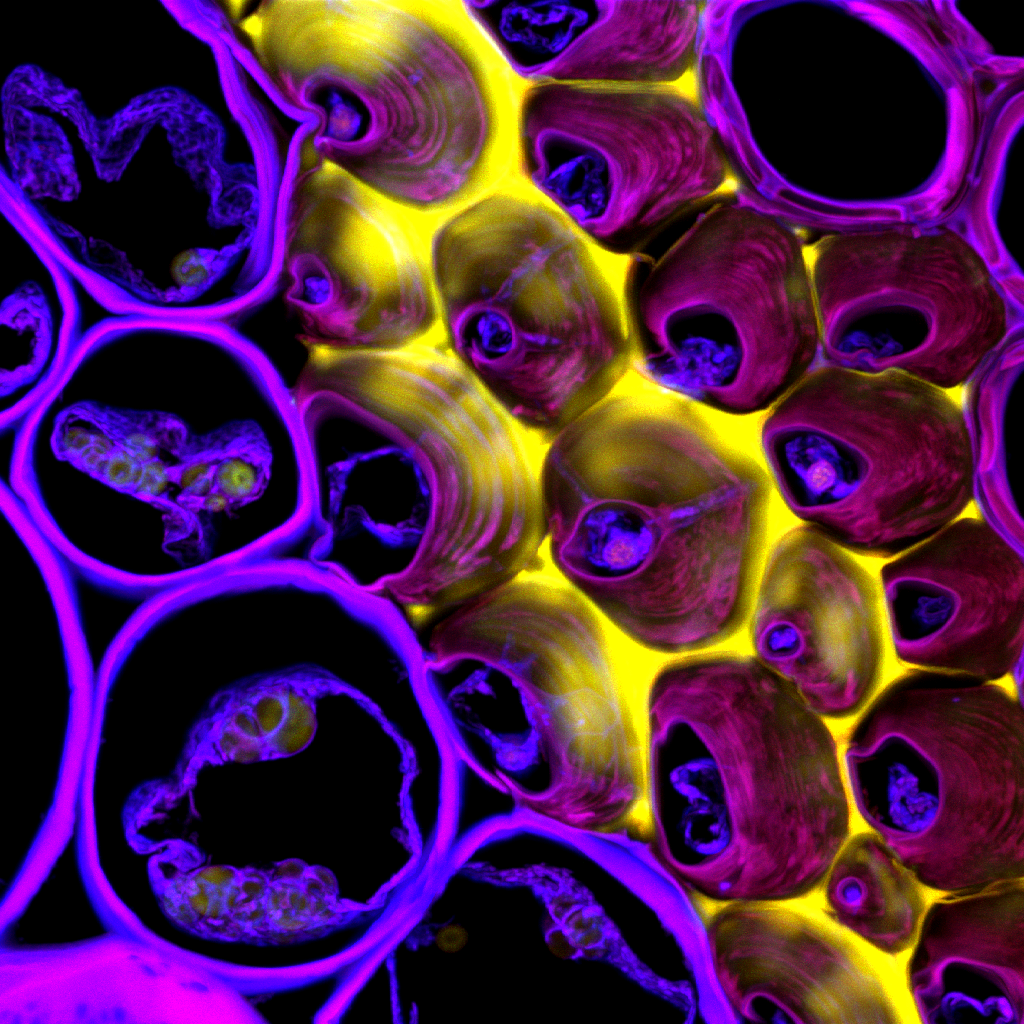
Spectrum
These colorful fractions were obtained upon purifying a synthetic small-molecule through flash column chromatography. Though most of these were impurities (bright colors in organic chemistry is usually not a great sign), it served as a reminder to appreciate the beauty in the mundane and seemingly unimportant. Contributed by Carmen Sivakumaren, a graduate student in the Biological and Biomedical Sciences Program at Harvard Medical School. Continue reading Spectrum









